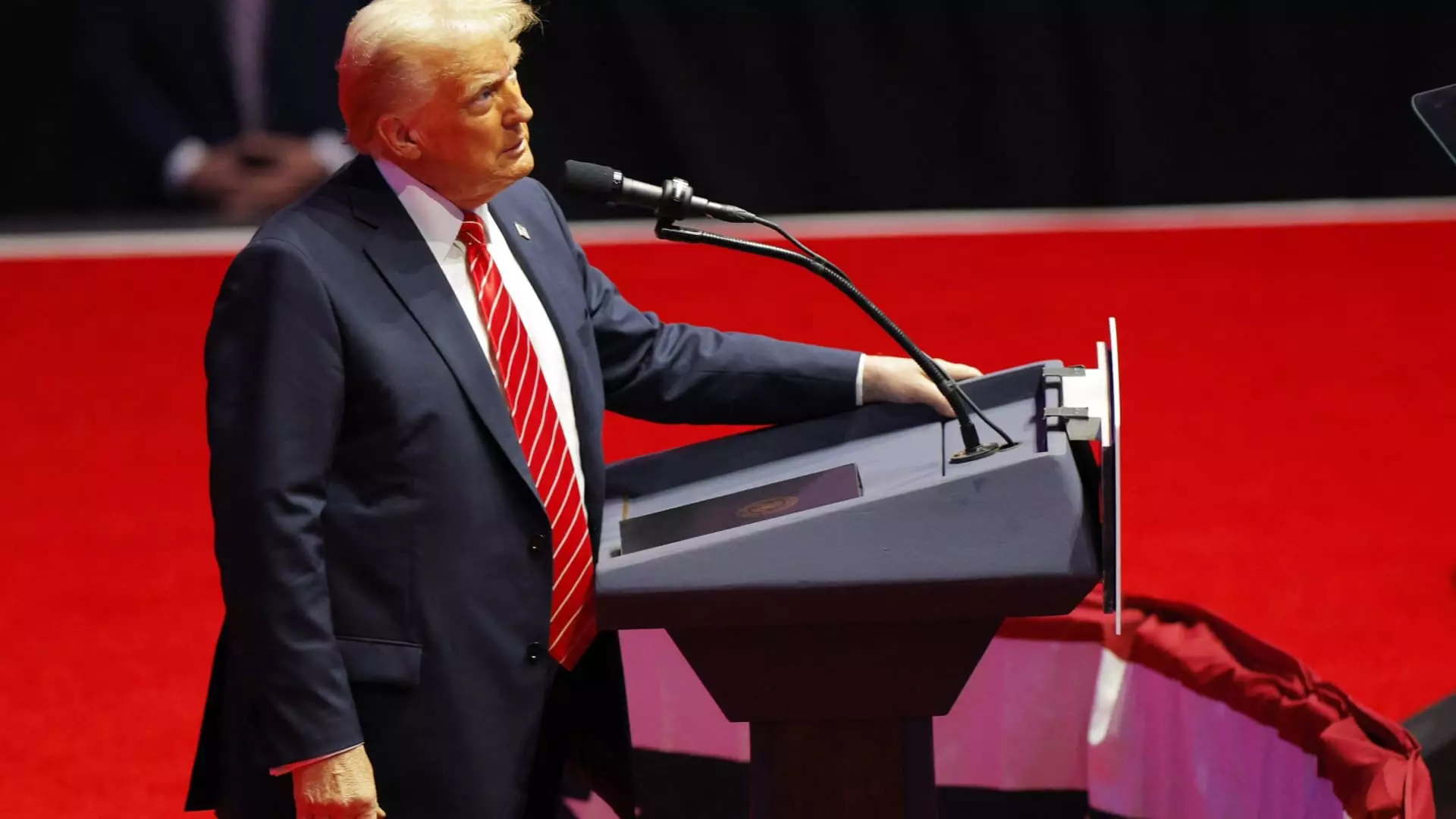As President Donald Trump prepares to take office, expectations surrounding his trade policies are at a fever pitch. Upon his inauguration, Trump is anticipated to unveil a series of executive actions aimed at reshaping the United States’ approach to international trade. However, one significant move that has raised eyebrows is his decision not to impose tariffs on U.S. trading partners right from the start. Instead, Trump will issue a trade memorandum designed to scrutinize unfair trade practices and analyze currency policies—primarily focusing on major players like China, Canada, and Mexico.
This memorandum reflects a shift away from the more aggressive trade rhetoric that characterized Trump’s campaign. While the initial enthusiasm for tariffs and aggressive trade tactics was palpable, this measured approach indicates a strategic pivot towards a more analytical and research-oriented stance in addressing trade grievances.
During his presidential campaign, Trump positioned himself as a staunch advocate for protectionist policies, famously proposing sweeping tariffs on imports—including a substantial 20% on goods from all countries and a staggering 60% on Chinese products. Such ideas resonated with voters concerned about job losses and economic instability due to globalization. However, the recent announcement suggests that Trump’s trade strategies may be evolving, influenced by both internal discussions within his administration and external economic considerations.
Reports indicate that Trump’s team is contemplating a graduated tariff system, with increases ranging from 2% to 5% per month. This strategy could allow for a more flexible response to international trade dynamics while still signaling a commitment to protecting American interests. Nevertheless, this tentative approach raises questions about its long-term viability and the potential repercussions on both domestic industries and global markets.
Economists and policy analysts are closely monitoring these developments, as the implications of a protectionist trade agenda can be far-reaching. Implementing tariffs can ultimately lead to higher production costs for American manufacturers, which in turn could lead to increased prices for consumers. Such a scenario is particularly concerning as the world is still recovering from the impacts of pandemic-induced inflation spikes.
Protectionist policies can create a ripple effect, influencing everything from supply chains to international relations. A cautious approach in the early days of Trump’s presidency may signal an understanding of these complexities, as advisers likely weigh the potential backlash from both domestic markets and international trading partners.
A Delicate Balancing Act
While the incoming Trump administration is poised to make significant changes to U.S. trade policies, the initial decision to avoid immediate tariff imposition reflects a more nuanced understanding of the intricate balance between protectionism and economic stability. As the administration moves forward, it will need to navigate the turbulent waters of trade relations carefully, ensuring that the measures it adopts boost the economy without triggering adverse effects on international cooperation. Ultimately, the success of Trump’s trade strategy will depend on its ability to reconcile these competing interests while promoting a sustainable economic growth trajectory in an increasingly interconnected global landscape.

